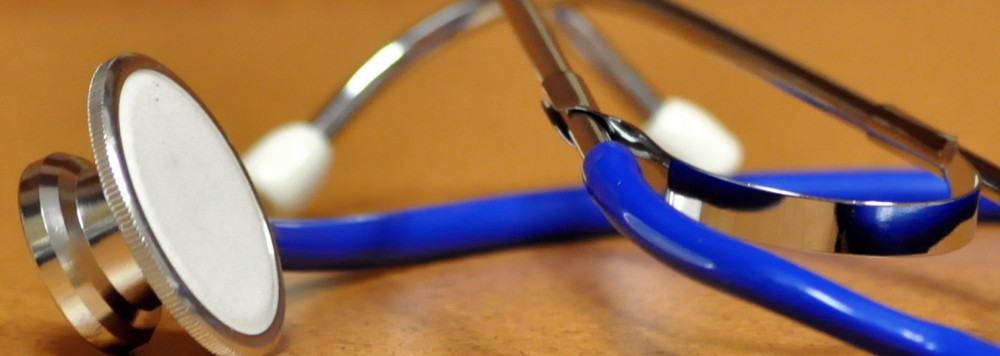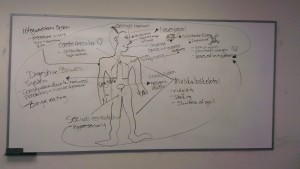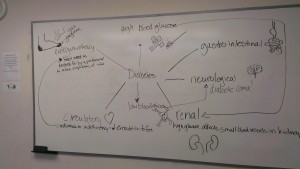For my “Principles and Processes of E-learning” course I have been assigned a reflection journal on the different generation of learners that I might encounter in my teaching. In preparation for this assignment I read several articles and watched videos on the variances between learners of differing generations. The following reflection is based on what I found and how I hope to implement changes in my own teaching when working with a variety of different generations.
Objective
I fit squarely in the middle of what is termed ‘Generation X’ (Gen X), having been born in 1972 (TILT, 2014). According to TILT, Gen X attributes include impatience and self-reliance; they respond best to relevant assignments and crave feedback; they require a clear connection between assignments and their own personal goals (2014). I feel this captures both how I view, and approach education, I am motivated greatly by feedback and use it to improve as I move through my educational pursuits.
The learners that I work with as an instructor are a mix of generations. I teach nursing, which has a high demand on people physically so most of the learners are between the ages of 20-45 years, with the majority being in their 20s or early 30s. This means, according to TILT, that the learners I encounter bridge two generations, Gen X and Millennials (2014). Being of the Gen X population I am in sync with the needs and learning styles of the students who fall into this category. For those in the Millennial population, TILT indicates that one of the major attributes of these learners is optimism, they are team oriented and they value learning activities and varied approaches to the presentation of materials (2014).
Reflective
Being a Gen X I like to work independently and with minimal supervision, I prefer to do the work and receive the feedback once the project is complete, I will then adjust accordingly in my next assignment (Rampton, 2017). However, Millennials prefer to work in teams, they prefer to collaborate with others, they want to use the technology available and they prefer immediate feedback (Rampton, 2017).
As an instructor I can see how the learners from the Millennial generation prefer to work together on projects, in class and with ongoing in the moment feedback. I have found too, anecdotally, that when there is a mix of Millennials and Gen X learners each group tends to work with members of their generational cohort.
However when these groups are made to mix I have found that the Gen X learners tend to defer to the styles of the Millennial’s, when the group is predominantly Millennial; for instance when working together on a group project these groups tend to use technology and collaborate as a group better. I have also witnessed groups with more Gen X members who split up the work and only come together for the end product, which is very indicative of the Gen X desire for independence.
Having reviewed the information on Gen X and Millennial’s, I can see that my own desires as a member of Gen X may not lend itself well to the collaborative nature of the Millennial. Also, my desire for deferred feedback after the project is completed may not mesh well with the Millennial’s desire for feedback throughout the process.
Interpretive
There are many articles and videos that provide insight and direction to teaching and learning within various generations. It has been a great exercise for me to look at the differing values and needs of generations and it has informed me that I will need to adjust my teaching strategies to meet the needs of all of the generations in my class.
It is helpful to know the approaches that Gen X responds to, such as asking for them to share their professional experiences and how their learning will contribute to their growth as a professional (TILT, 2014). Whereas Millennial’s will need to have technology incorporated into all of their learning activities as well as a diverse learning environment where learning activities are ever changing and engaging (TILT, 2014).
With this knowledge I will be looking more closely when crafting learning activities to ensure that the needs of a variety of generational learners will be met. I will need to consider the skills of each generation and I may need to provide additional support for the differences in the generations, such as assisting Gen X students with the technology or encouraging the Millennial’s to work independently when needed.
Bart’s 5 R’s, research-based methods, relevancy, rationale, relaxed and rapport, are also helpful when looking for ways to engage Millennial learners (2011). There is definitely some overlap between Gen X and Millennials as both are looking for their learning to be relevant (Bart, 2011; TILT, 2014). To satisfy both Millennials and ‘Gen X’ students alike I will strive to create learning activities that are relevant to real life application.
Decisional
The challenge that I think I will face when delivering a course on-line will be around how to create engaging environments for all of the learners involved. I will need to incorporate approaches that will appeal to a broad number of generational learners. For instance, TILT indicates that if providing individual work, you should also provide an explanation of how this work will help with learning (2014). When providing teamwork assignments, I will be sure to provide them with strategies to support working in teams and an explanation of how working effectively in a team will help their learning (TILT, 2014).
My concern with team assignments in an online environment is whether the learners will be able to arrange for meetings to discuss the assignments. I realize that Millennials prefer collaboration, but Gen Xers are happy to work independently. As previously mentioned sometimes when these learners are mixed into groups, they have very different ways of approaching the work and sometimes the end product can be disjointed. This is where it will be important to convey the rationale for how teamwork will contribute to their overall success both as a student and when they are working in their professional fields.
I will need to find ways to create interactive environments or offer advice on technology that can be used to arrange on-line and distance communication. For the Millennials they may be able to offer me some insight on new apps or technology that they use to communicate. For the Gen Xers I may have to provide detailed instruction on how to access and use the technology.
Furthermore I think it would be beneficial for me to have access to the ongoing work of the project so that I can provide feedback and direction in the moment to appeal to the Millennials but also provide deferred feedback once the assignment is complete with information on how to improve for the next assignment, in order to meet the needs of the Gen Xers.
References
Bart, M. (2011). Characteristics of Millennial Students: What Professors Need to Know. Retrieved June 20, 2019, from https://www.facultyfocus.com/articles/teaching-and-learning/the-five-rs-of-engaging-millennial-students/
Rampton, J. (2017). Different Motivations for Different Generations of Workers: Boomers, Gen X, Millennials, and Gen Z. Retrieved June 20, 2019, from https://www.inc.com/john-rampton/different-motivations-for-different-generations-of-workers-boomers-gen-x-millennials-gen-z.html
TILT (2014). Teaching Across Generations – Part II. Retrieved June 20, 2019, from https://uminntilt.com/2014/07/14/teaching-across-generations-part-ii/



